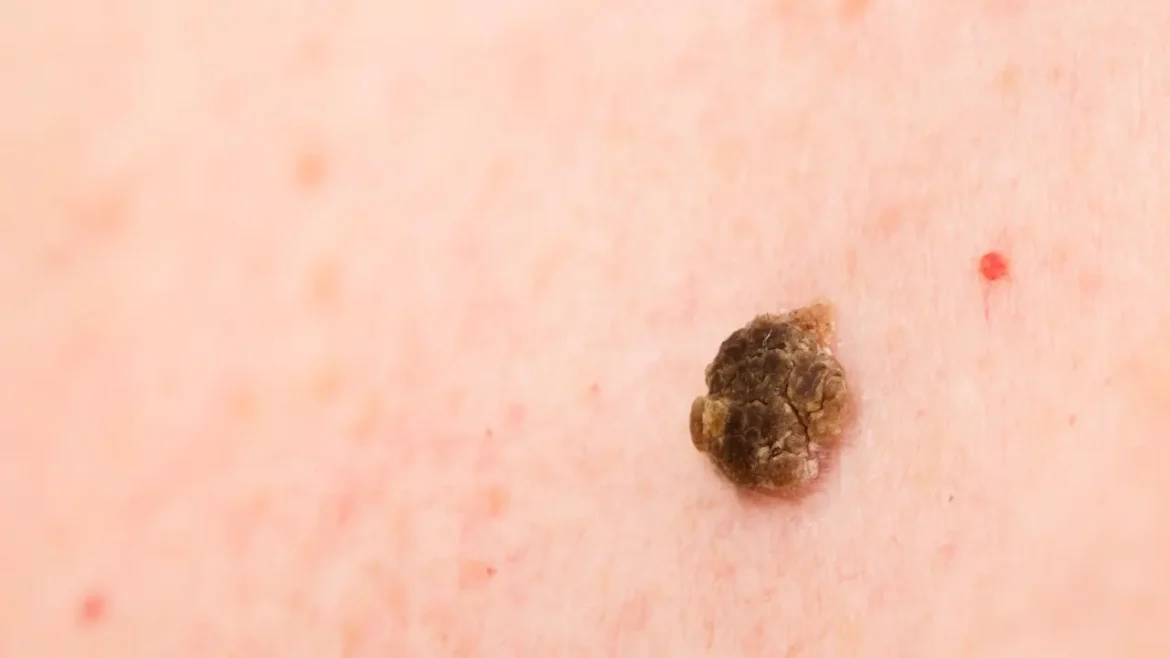Description
Seborrheic keratoses (SKs) are benign skin lesions which appear as elevated, wart-like growths and are frequently waxy, black, or brown, in color. Even while they are typically not harmful, they can be unsightly or uncomfortable owing to itch or irritation. Sharply defined, rounded, or oval-shaped skin growths are the hallmarks of seborrheic keratoses.
They come in a range of sizes, with diameters that range from some millimeters up to several centimeters. The scaly, rough, or warty textured lesions might be flat or raised. Brown, tan, or black tones, as well as hues of yellow or white, are all possible. On parts of the human body that receive a lot of sun exposure, like the face, chest, neck, and back, SKs frequently develop.
You May Also Like:
ROYAL BLEND CBD GUMMIES VS PARTNERED PROCESS GUMMIES
BEYOND THE HYPE: HOW CBD CAN HELP SENIORS ENJOY A BETTER QUALITY OF LIFE
Seborrheic keratoses: Description, Causes, And Treatment Protocol is an original (HealthXWire) article.
Possible Causes
Skin growths known as seborrheic keratoses (SKs) have an enigmatic origin. But numerous factors have been linked to their growth. the following have been suggested as potential causes.
Exposure to Ultraviolet (UV) Radiation
Seborrheic keratoses have been connected to excessive sun or artificial UV radiation exposure. The cumulative impacts of UV light may hasten their growth over time.
Genetic Predisposition
Seborrheic keratoses may develop due to hereditary factors, according to data. An individual may be more prone to getting these lesions if they have specific genetic mutations or variants.
Hormonal Factors
Seborrheic keratoses have been linked to hormonal changes, including those that take place throughout pregnancy or menopause. Hormone fluctuations may have an impact on how they develop in color and size.
Age
Older people and middle-aged people are more likely to have seborrheic keratoses. Age-related modifications to the skin are probably to blame for a higher probability of these growths in older adults.
Other Factors
A greater probability of seborrheic keratoses has been linked to insulin resistance, obesity, and a few hereditary disorders. The precise connection between these elements and the growth of SKs is currently being researched.
Exacerbating and Mitigating Factors
Seborrheic keratoses (SKs) can form and grow due to a variety of reasons. Understanding these aggravating and mitigating factors might help people in preventing problems and properly manage their health conditions. Seborrheic keratoses can be made worse or lessened by the following circumstances.
Exacerbating Factors
Sun Exposure
Seborrheic keratoses are thought to be significantly worsened by prolonged sun exposure’s ultraviolet (UV) radiation. Increased pigmentation, quicker development, and more lesions may all arise from sun exposure. SKs are frequently observed to appear in those who have experienced heavy or protracted sun exposure.
Genetic Predisposition
According to available data, seborrheic keratoses may have a hereditary component to their development. An elevated risk of SK development has been linked to specific genetic variants, including mutations within the fibroblast growth factor receptor 3 or FGFR3 gene. People might be more susceptible to getting these lesions if their family has a history of seborrheic keratoses.
Aging
Older people, especially those older than 40, are far more probable to have seborrheic keratoses. This age-related rise bears much uncertainty. However, the aging process and alterations in the structure and operation of the skin, in addition to cumulative sun exposure, all have a role in the onset of SKs.
Obesity
Although the exact reason is not well understood, obesity has been linked to an increased risk and severity of seborrheic keratoses. It is thought that the systemic inflammation connected to obesity may play a role in the onset and development of these lesions.
Hormonal Changes
Seborrheic keratoses may become more severe as a result of hormonal changes, like those brought on by menopause or pregnancy. The development and color of these lesions may be impacted by changes in hormone levels. SKs may also occur as a result of hormone treatments or diseases linked to hormonal imbalances.
Mitigating Factors
Sun Protection
Seborrheic keratoses can worsen if improper sun protection measures are not taken. This involves covering up, using broad-spectrum sunscreens containing high sun protection factor (SPF), looking for cover during the hottest parts of the day, and donning sunglasses and wide-brimmed hats. SKs’ development and pigmentation can be slowed down by minimizing sun exposure.
Weight Management
In particular, maintaining a healthy body weight can lessen the likelihood or intensity of seborrheic keratoses. The possible aggravating impact caused by obesity on SKs may be lessened by consuming a balanced diet while engaging in frequent physical activity.
Healthy Lifestyle
In addition to improving skin health, leading a healthy lifestyle may lessen the likelihood of developing or worsening seborrheic keratoses. Comprehensive skin health can be influenced by regular physical activity, a balanced diet full of antioxidants and other nutrients, and appropriate hydration. A healthy body may also have a good effect on the body’s immune system, which may affect how SKs grow and advance.
Hormonal Balance
Seborrheic keratoses may be lessened by maintaining hormonal balance using suitable medical treatments or lifestyle changes. For instance, women going through menopause or pregnancy hormonal changes may speak with medical providers about hormone management alternatives that may help them improve their SKs.
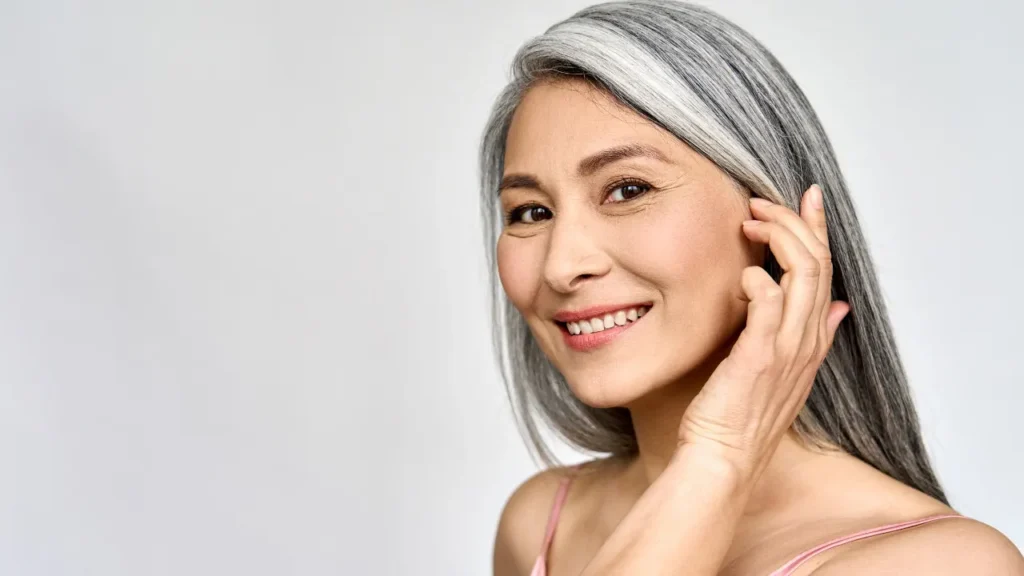
Standard Treatment Protocol
Seborrheic keratoses (SKs) are skin lesions that vary in dimension, position, and symptoms. Alternatives can be explored for patients seeking cosmetic enhancement or discomfort relief, though therapy is not always essential. It is crucial to remember that before beginning any treatment, a healthcare provider should assess and diagnose SKs. The usual treatment protocols are listed below.
Observation
Treatment may not be necessary for asymptomatic seborrheic keratoses. To keep track of any modifications in the lesions, the healthcare provider might advise routine surveillance. It is essential to distinguish SKs from different skin disorders, like basal cell carcinoma or melanoma, which may call for various therapeutic modalities.
Curettage
A specific tool called a curette is used during the curettage procedure to remove the seborrheic keratosis. For larger lesions or to remove any leftover tissue from cryotherapy, this treatment is frequently used. To reduce discomfort throughout the surgery, a local anesthetic may be used. Following curettage, the region may receive electrocautery treatment to stop bleeding and accelerate healing.
Cryotherapy
Seborrheic keratosis is frozen using liquid nitrogen during cryotherapy. The lesion finally blisters as it freezes and peels off. Used frequently on the neck and face, cryotherapy is useful for minor SKs. Redness, inflammation, and blistering could occur temporarily after the operation, although these adverse effects usually go away on their own.
Laser Therapy
Seborrheic keratosis can be specifically removed with laser therapy, which uses high-intensity light. According to the features of the lesion, several laser types, including erbium or carbon dioxide (CO2): YAG lasers, can be used. For sensitive or face areas, laser therapy is frequently favored; nevertheless, for best results, it may take several sessions. Temporary rashes, hives, or pigmentation changes are all possible side effects.
Electrocautery
A small electric current is used during electrocautery to burn or remove the seborrheic keratosis. For smaller SKs or even for a curettage follow-up, this method can be beneficial. For the surgery, a local anesthetic may be given to reduce discomfort. In some circumstances, electrocautery might result in color alterations or scarring.
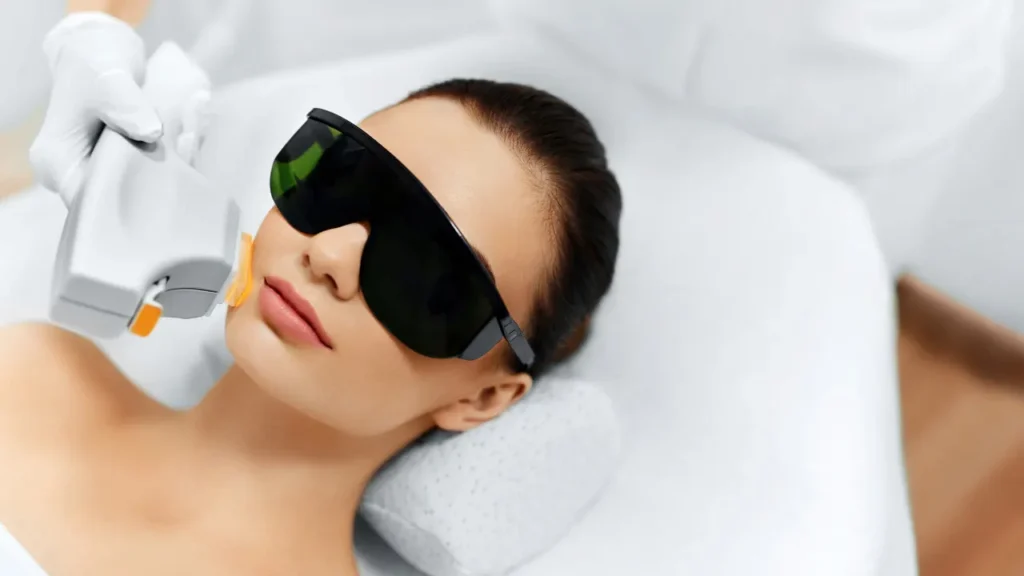

Treatment Options
According to the specific case and patient preference, other treatment alternatives can be taken into account alongside the above-mentioned basic treatment procedures. These choices consist of the following.
Prescription Medications
Seborrheic keratoses’ thickness and pigmentation can be reduced by applying retinoid-containing topical medicines like tazarotene. Retinoids function by encouraging cell exfoliation and turnover. It’s crucial to adhere to the doctor’s recommendations and be conscious of any possible side effects, like dryness and skin irritation.
Over-the-Counter Formulations
Seborrheic keratoses can be softened and removed from their surface layers with the aid of over-the-counter (OTC) therapies such as ointments or creams comprising hydrogen peroxide or salicylic acid. Regarding smaller or less obvious lesions, these formulas might be appropriate. It is essential to read and adhere to the product’s instructions attentively, and if required, seek the advice of a healthcare provider.
Adjunct Therapies
As supplementary therapy for seborrheic keratoses, certain dietary supplements, herbal treatments, or natural remedies may occasionally be employed. Their use should be reviewed with a healthcare physician as there is insufficient evidence to support their efficacy.
Supplements with antioxidant characteristics, such as green tea extract, selenium, and vitamins C and E, may help skin health. For their sedative or astringent effects, natural treatments like aloe vera, apple cider vinegar, coconut oil, or tea tree oil are recommended. However, due to the possibility of skin irritability or allergic responses in some people, attention should be taken when using these therapies.
Nevertheless, it is crucial to keep in mind that decisions regarding therapy should be made in conjunction with a healthcare provider who can offer a correct diagnosis and tailored treatment plan according to the distinctive features associated with seborrheic keratoses together with the patient’s general health.
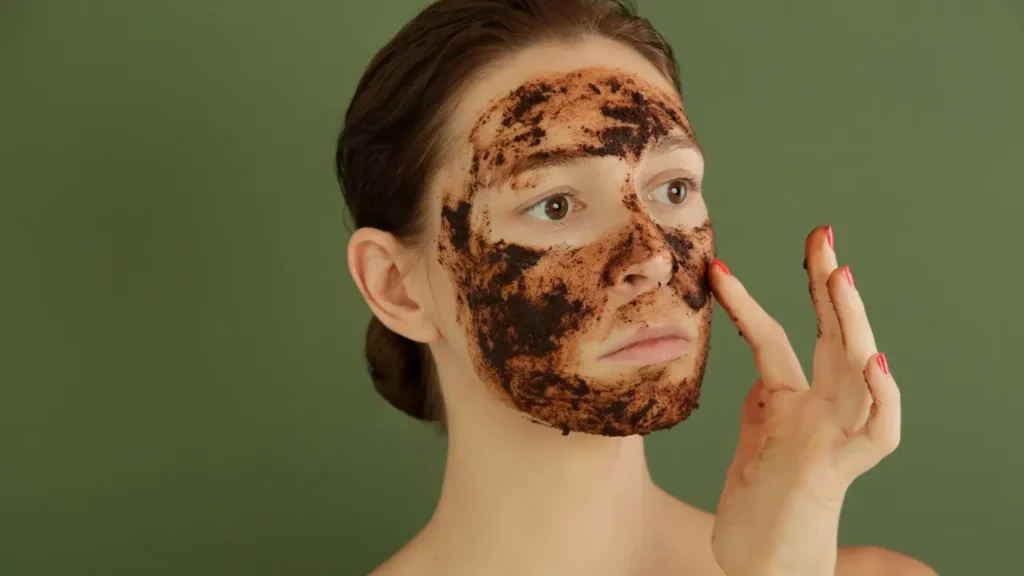

Conclusion
Seborrheic keratoses are a very common skin condition that can affect a diverse range of individuals. Although they are commonly seen as a condition of aging and are more frequently observed in middle-aged and older people, it’s essential to emphasize that anyone, regardless of age or gender, can develop these benign growths.
While these growths are typically harmless and often don’t require treatment, it’s vital to keep a close eye on their development. If you observe any anomalies such as rapid growth, bleeding, or itching, it’s imperative to promptly seek advice from a medical professional.
While seborrheic keratoses can be an annoying skin condition, it’s important stay calm and positive. With proper monitoring and timely medical intervention, you can effectively manage and treat these growths to maintain healthy and blemish-free skin.
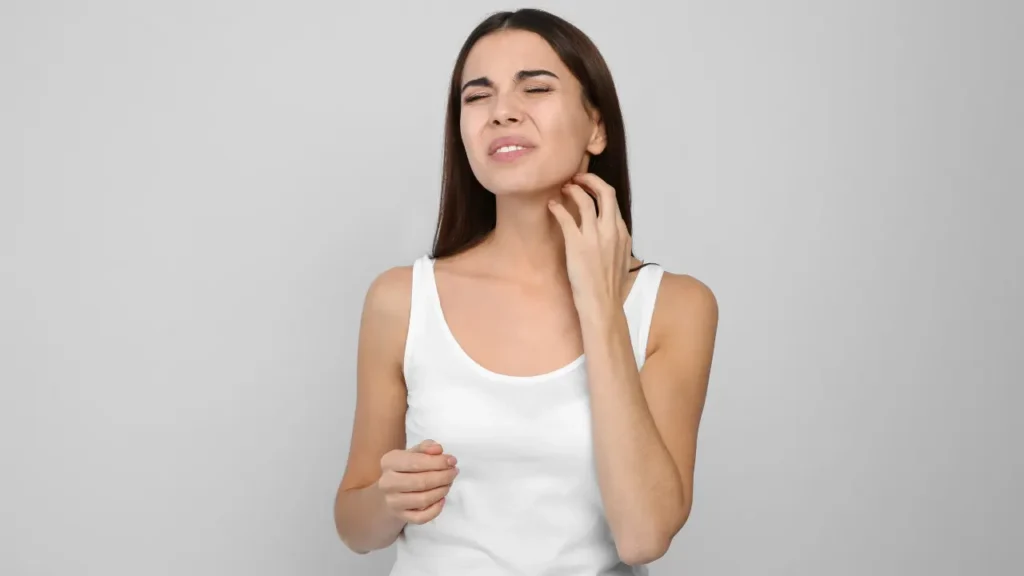

Additional resources for further reference
https://www.aad.org/public/diseases/a-z/seborrheic-keratoses-treatment
https://www.ncbi.nlm.nih.gov/books/NBK545285/
https://www.webmd.com/skin-problems-and-treatments/what-are-sebborheic-keratoses
Important Note: The information contained in this article is for general informational purposes only, and should not be construed as health or medical advice, nor is it intended to diagnose, prevent, treat, or cure any disease or health condition. Before embarking on any diet, fitness regimen, or program of nutritional supplementation, it is advisable to consult your healthcare professional in order to determine its safety and probable efficacy in terms of your individual state of health.
Regarding Nutritional Supplements Or Other Non-Prescription Health Products: If any nutritional supplements or other non-prescription health products are mentioned in the foregoing article, any claims or statements made about them have not been evaluated by the U.S. Food and Drug Administration, and such nutritional supplements or other health products are not intended to diagnose, treat, cure, or prevent any disease.
Table of Contents

